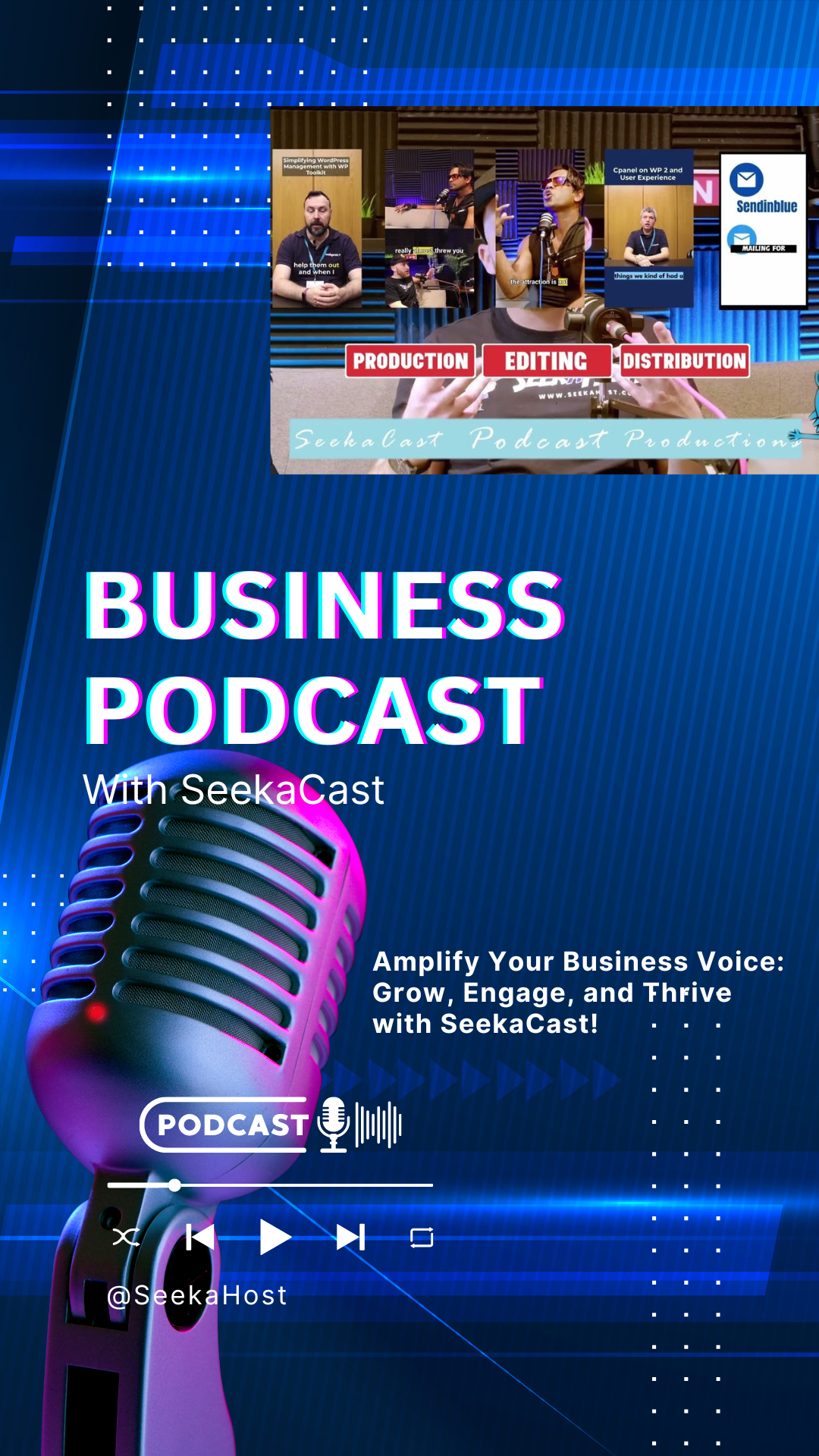Employee Ownership Trusts (EOT) have gained considerable popularity since their introduction in 2014, championed by the likes of John Lewis and others.
An EOT is a form of employee benefit trust but with distinctive features, including specific tax benefits.
But as with any significant business decision, it is crucial to weigh the potential benefits against the drawbacks.
Ramsdens Solicitors run through the benefits and drawbacks of implementing an EOT to help you decide whether it is right for your business.
The Benefits of an EOT
1. Succession Planning and Long-term Stability
Transitioning to an EOT is often a natural progression for businesses that prize continuity and sustainability. It provides a succession plan that allows the business to remain independent and offers a sense of security and continuity for employees.

2. Tax Advantages
There are considerable tax benefits associated with an EOT. Principally, sellers of a controlling interest in a company to an EOT can gain exemption from capital gains tax. Additionally, companies owned by an EOT can make tax-free bonus payments to employees.
3. Employee Motivation and Retention
By becoming co-owners, employees often feel a greater sense of commitment, motivation, and engagement. This sense of belonging can enhance productivity and aid in attracting and retaining talent.

4. Business Performance
Numerous studies suggest that employee-owned businesses tend to be more resilient, with stronger performance metrics, and less prone to failure or takeover.
However, an EOT may not be a perfect fit for every business. It is essential to consider the potential challenges as well.
The Drawbacks of an EOT
1. Complexity and Cost
The process of setting up an EOT can be complex and costly. It requires a significant amount of planning, legal and accountancy expertise, and an understanding of HMRC requirements.

2. Share Valuation
Determining a fair and agreeable share price can often be a sensitive issue, requiring expert valuation and potentially challenging negotiations.
3. Decision-Making and Leadership
While an EOT can foster a sense of shared responsibility, it may also lead to slower decision-making and issues with strategic alignment, particularly if there is a lack of strong leadership.

4. Financial Constraints
With the majority shareholding held by the trust, access to capital can be more restrictive, which might limit the growth potential of the business and its ability to attract investment.
Is an EOT right for your company?
Ultimately, the decision to implement an EOT is not one to be taken lightly. It requires careful consideration and a thorough understanding of the potential impacts on your business’s finances and operations. It is essential to obtain professional advice to ensure that you take an informed decision.
Whether an EOT represents a path toward increased productivity and stability or a venture into complexity and constraints will largely depend on the specifics of your business. Nevertheless, it’s clear that EOTs offer a compelling alternative to traditional business structures and are worth considering for businesses looking for sustainable ways to enhance employee engagement and secure long-term growth.
Remember, the success of any business model hinges on its alignment with your strategic objectives. So, assess your needs, explore your options, and choose wisely.
Author Profile
- CEO - ClickDo™ & SeekaHost™ | Started as an SEO Consultant and helped over 400 UK business owners grow their business with online marketing and Google advertising. More details about Fernando Raymond are available at www.fernandoraymond.com.
Latest entries
 BusinessFebruary 24, 2025The Cost of Owning a Business in London
BusinessFebruary 24, 2025The Cost of Owning a Business in London Business AdviceDecember 26, 2024Hybrid Cloud Infrastructure – 5 Pros and Cons of a mixed Computing Environment
Business AdviceDecember 26, 2024Hybrid Cloud Infrastructure – 5 Pros and Cons of a mixed Computing Environment Business AdviceAugust 7, 2024What is SEO & Link Building & Why Should Business Owners Care
Business AdviceAugust 7, 2024What is SEO & Link Building & Why Should Business Owners Care Business AdviceMarch 28, 2024Streamlining Operations – Innovative Solutions for Modern London Businesses
Business AdviceMarch 28, 2024Streamlining Operations – Innovative Solutions for Modern London Businesses




